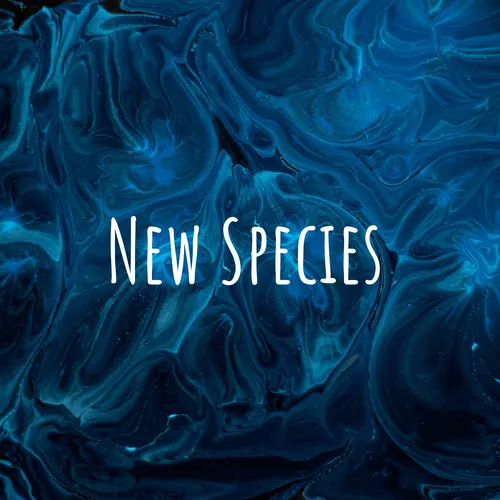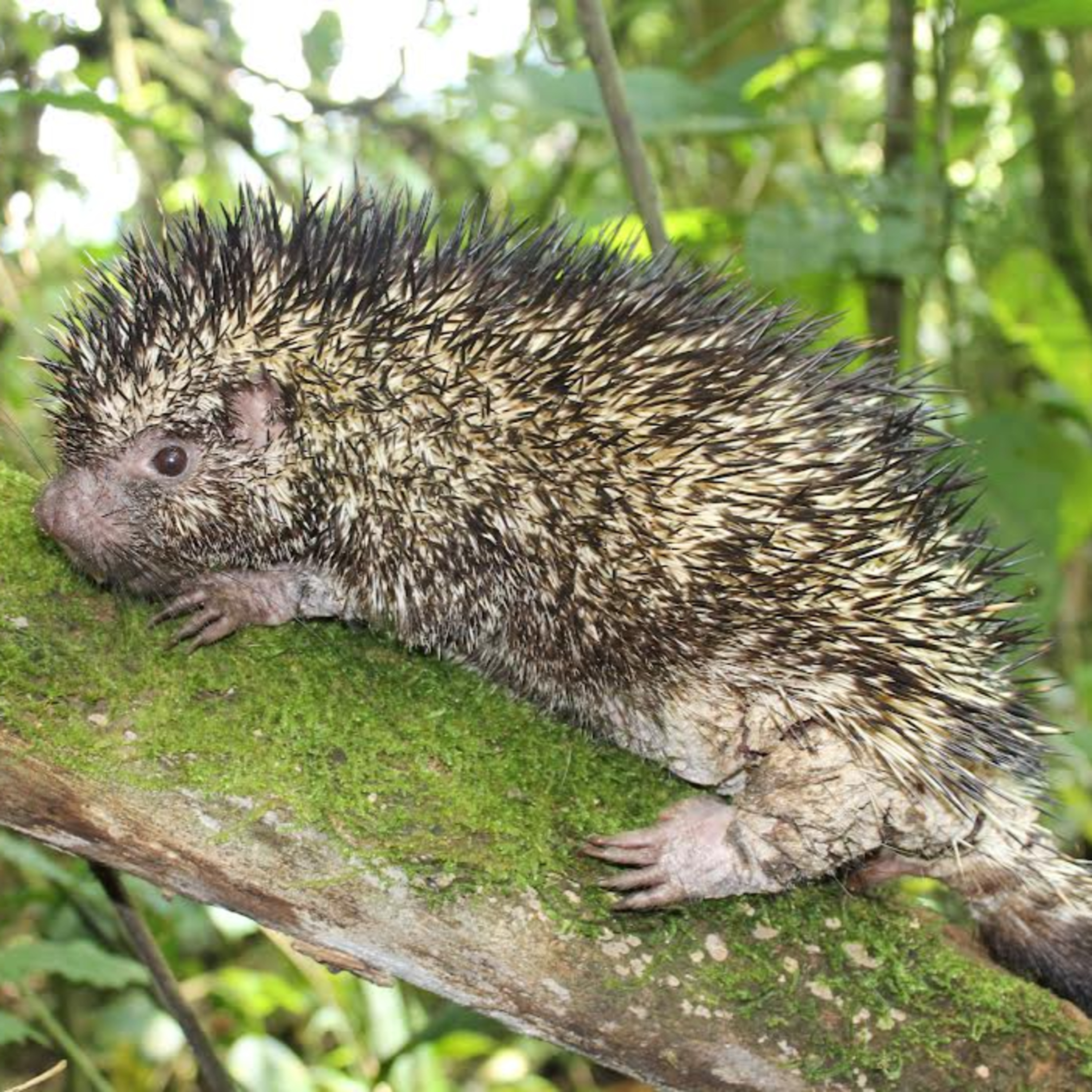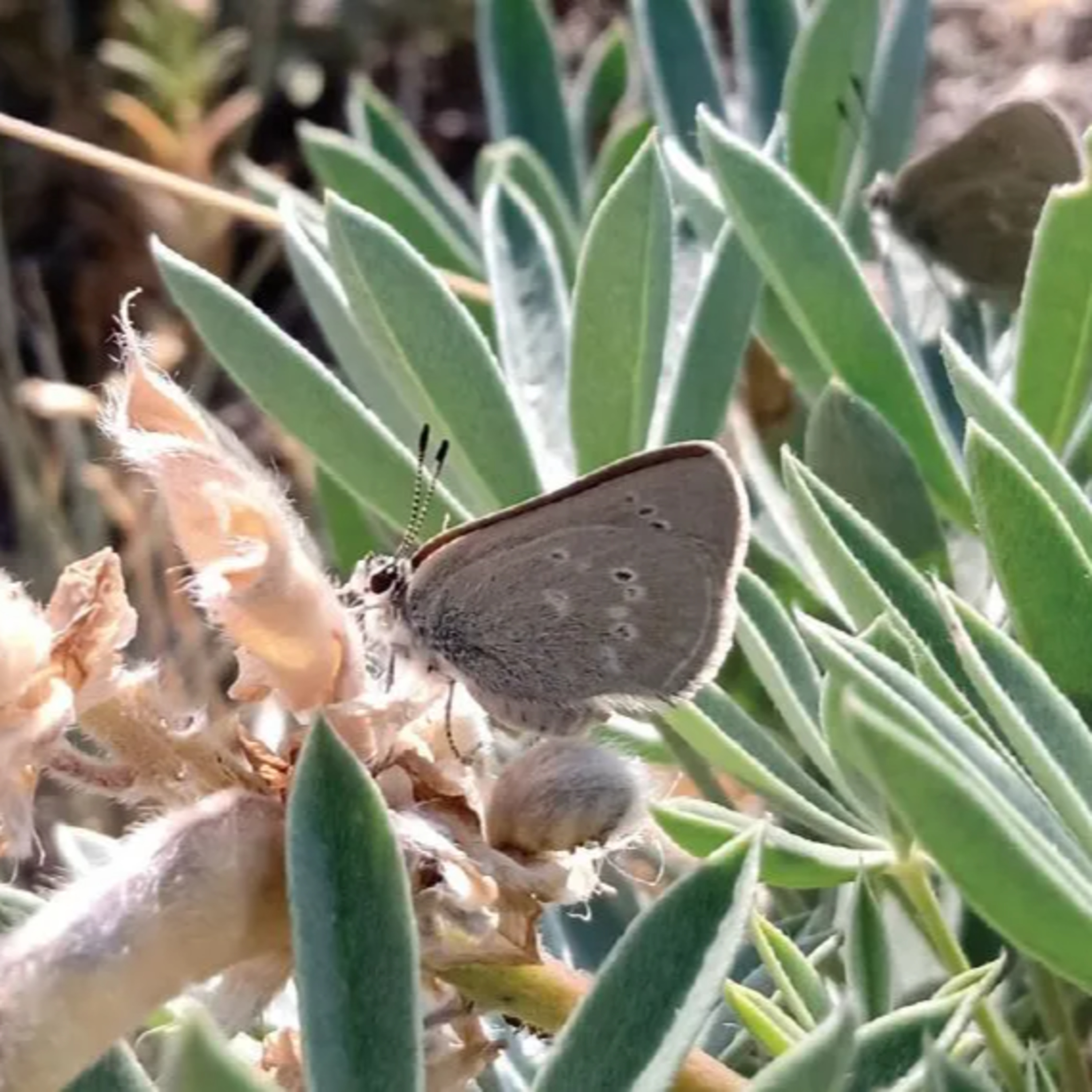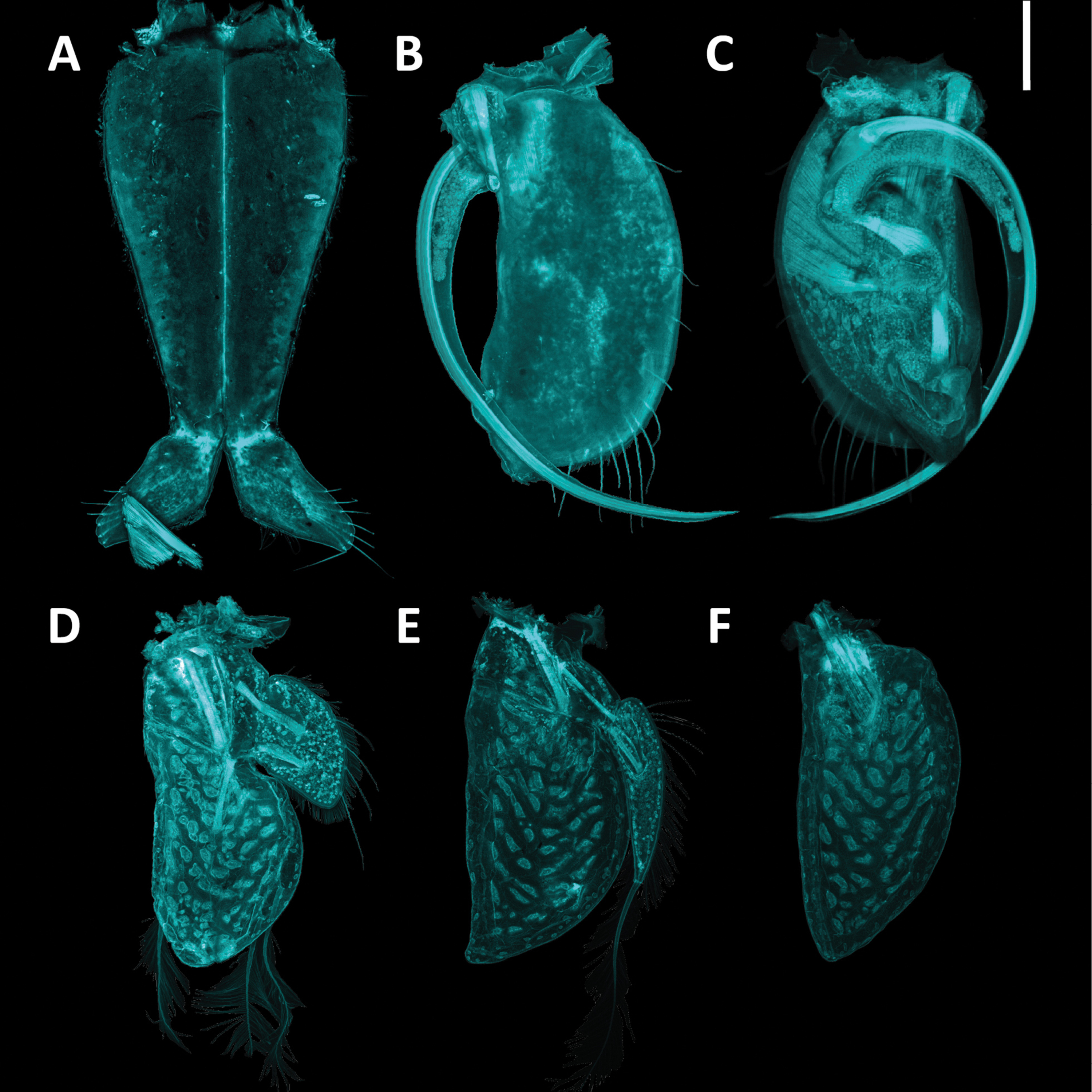
New Species
Just a fraction of the species on our planet are known to science, but more are described and published every day. This podcast talks to the authors of these new species to get the behind-the-scenes stories of how new species are found and named, as well as why these discoveries should matter to everyone, not just scientists. Join us on our journey to better understand the wonderful biodiversity of our planet!
Be sure to follow New Species on Twitter (@PodcastSpecies), and support the podcast at https://www.patreon.com/NewSpeciesPod
- Update frequency
- every 11 days
- Average duration
- 32 minutes
- Episodes
- 102
- Years Active
- 2021 - 2025

A New Porcupine with Héctor Ramirez-Chaves
Simultaneously one of the cutest and most pain-inducing creatures, porcupines capture attention all over their worldwide range. In this paper, Héctor Ramirez-Chaves and his coauthors describe a new s…

A New (Old) Apple with Todd, Cameron, and John
The moment John Bunker saw the 200+ year old tree, he knew it might be special. He had no idea however, that it was one of America’s oldest surviving apple trees, a French ancestor to many of the app…

A New Butterfly with Zac MacDonald and Julian Dupuis
Think butterfly genomics is a simple topic? Think again, but this time think alongside Zac MacDonald and Julian Dupuis. Not only are they answering some of the most interesting contemporary conservat…

Five Deep-sea Isopods with Henry Knauber
Deep-sea isopods come in all shapes and sizes, and Henry Knauber is excited to see all of them. In this paper, he and his coauthors describe five new species and redescribe another as part of a large…

A New Toxungenous Scorpion with Léo Laborieux
“Serendipity is a real grabbing force of science,” says Léo Laborieux as he shares his experience describing his new species of scorpion. While at a remote research station in the Colombian rainfores…

A New Begonia with Dipankar Borah
Begonias are known around the world as a plant of beauty and diversity. What can they teach us about the world around us? Through his work on Begonias and other flowering plants found in Northeast In…

A New Bee Fly with Lisa Rollinson and Allan Cabrero
For some people, a box of 100-year-old bee flies might seem daunting, but for Lisa Rollinson and Allan Cabrero, It was an exciting challenge. As part of a Smithsonian-based internship, Lisa worked wi…

Two New Damselflies with Shantanu Joshi
Shantanu Joshi is fascinated with creatures of all kinds, but especially damselflies, the small quick fliers of the order Odonata. In this episode he takes us deep into the forests of Northeast India…

A New Astigmatid Mite with Hemen Sendi
What if I told you that the oldest known biotic association of arthropods is a piece of Lebanese amber from the Cretaceous period? At the same time that flowering plants were diversifying, astigmatid…

A New Woolly Devil with Isaac Lichter Marck
Sunflowers come in all shapes and sizes, and the group has gained a new member. Nicknamed the “woolly devil,” Ovicula biradiata is the product of the amazing bi-national collaboration between taxonom…

Science Communication: Hard Conversations with Ethan Tapper
Someone who identifies as a nature lover might not be excited to see trees cut down or large machines rolling across the forest floor. Science doesn’t always align with everyone’s expectations, and o…

BONUS: Bats! (1999) with Amanda Grunwald
Amanda and I discuss and review Bats! (1999)
Our ratings:
Enjoyability: 🦇 🦇 🦇 🦇
Accuracy: 🦇🦇 🦇 🦇 🦇
This episode is the first in a new bonus series where I watch B-list horror movies with scientists…

A New Malagasy Spider with Matjaž Gregorič
On an expedition to Madagascar, Matjaž Gregorič and his research team came upon a damaged termite nest that had a few other invertebrate visitors. When they experimentally damaged the nest again, the…

Two New Cave-Dwelling Snails with Rodrigo Salvador
Rodrigo’s paper “Idiopyrgus Pilsbry, 1911 (Gastropoda, Tomichiidae): a relict genus radiating into subterranean environments” is in November 8th issue of Zoosystematics and Evolution
It can be found …

A New Schizomid with Sean Birk Bek Craig
What happens when a hymenopterist finds a mysterious arachnid in a Danish hothouse? Sean Birk Bek Craig was exploring the floor of a hothouse, also known as a greenhouse, when he came upon an interes…

Two New Pseudoscorpions with Danniella Sherwood
In this episode, Danniella Sherwood brings us two new pseudoscorpions from Ascension Island, one of the most remote islands in the world. Ascension’s ecological history is full of many twists and tur…

A New Polychaete Worm with Chloé, Marcos, and Juan
This paper started because Chloé Löis Fourreau and Marcos Teixeira were both too sick to dive during a NEON (National Ecological Observatory Network) bioblitz expedition in the Red Sea. Hoping to at …

A New Gall Wasp with Louis Nastasi
Louis Nastasi has a deep love of wasps, and a particular fascination with Cynipid wasps, gall wasps that can specialize on just a few plants or even a single species. In this episode he tells us abou…

10 New Staphylinid Beetles with Adam Haberski
What can tiny, flightless beetles tell us about the history of mountain geography and climate? It turns out, quite a bit! In this episode, Dr. Adam Haberski introduces us to the wild world of Staphyl…

Basics 3: Description with Marc Milne
In part 3 of Taxonomy Basics, Marc Milne of the University of Indianapolis tells us all about the process of identifying and publishing new species. He has tips and tricks for microscope work, findin…